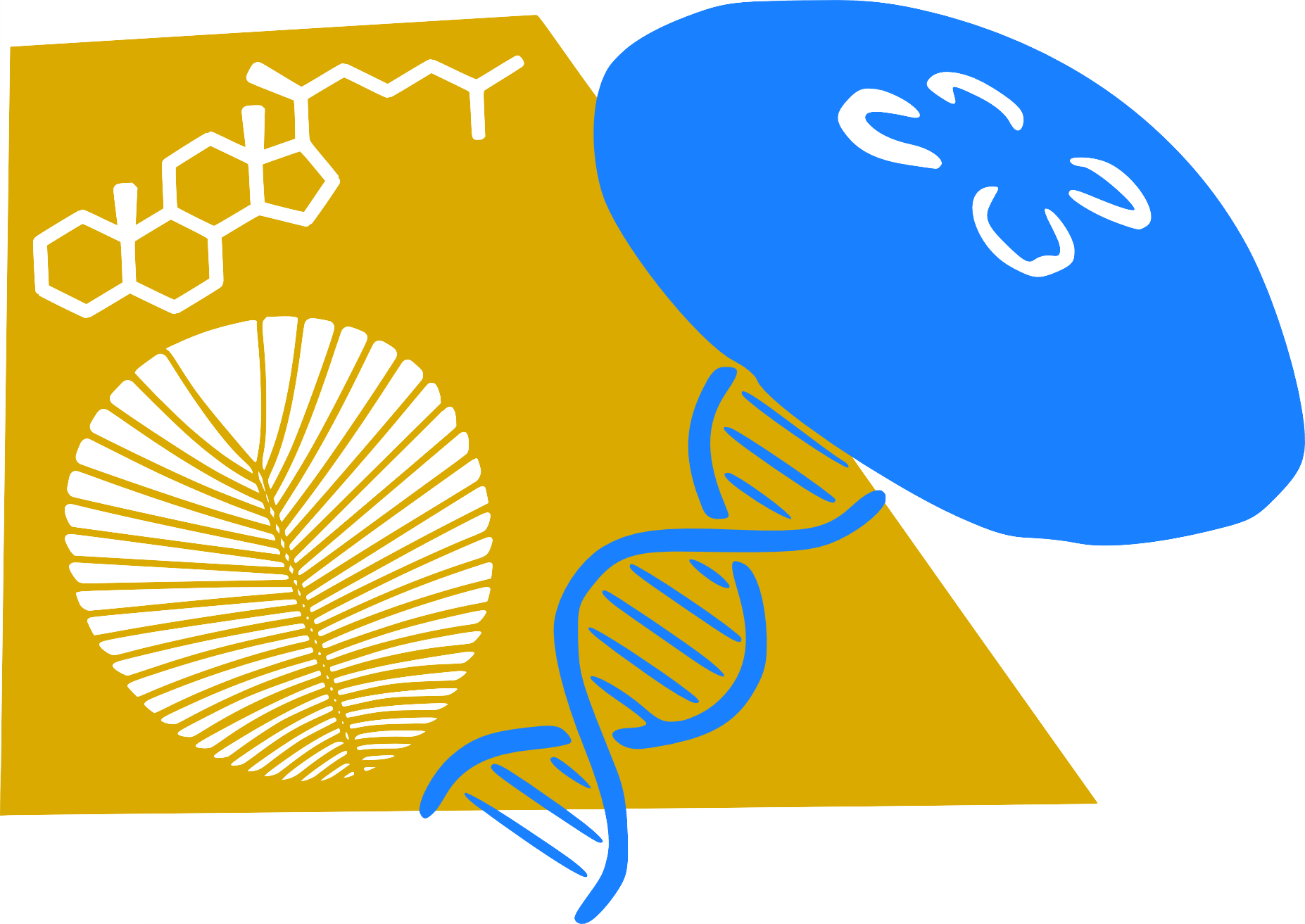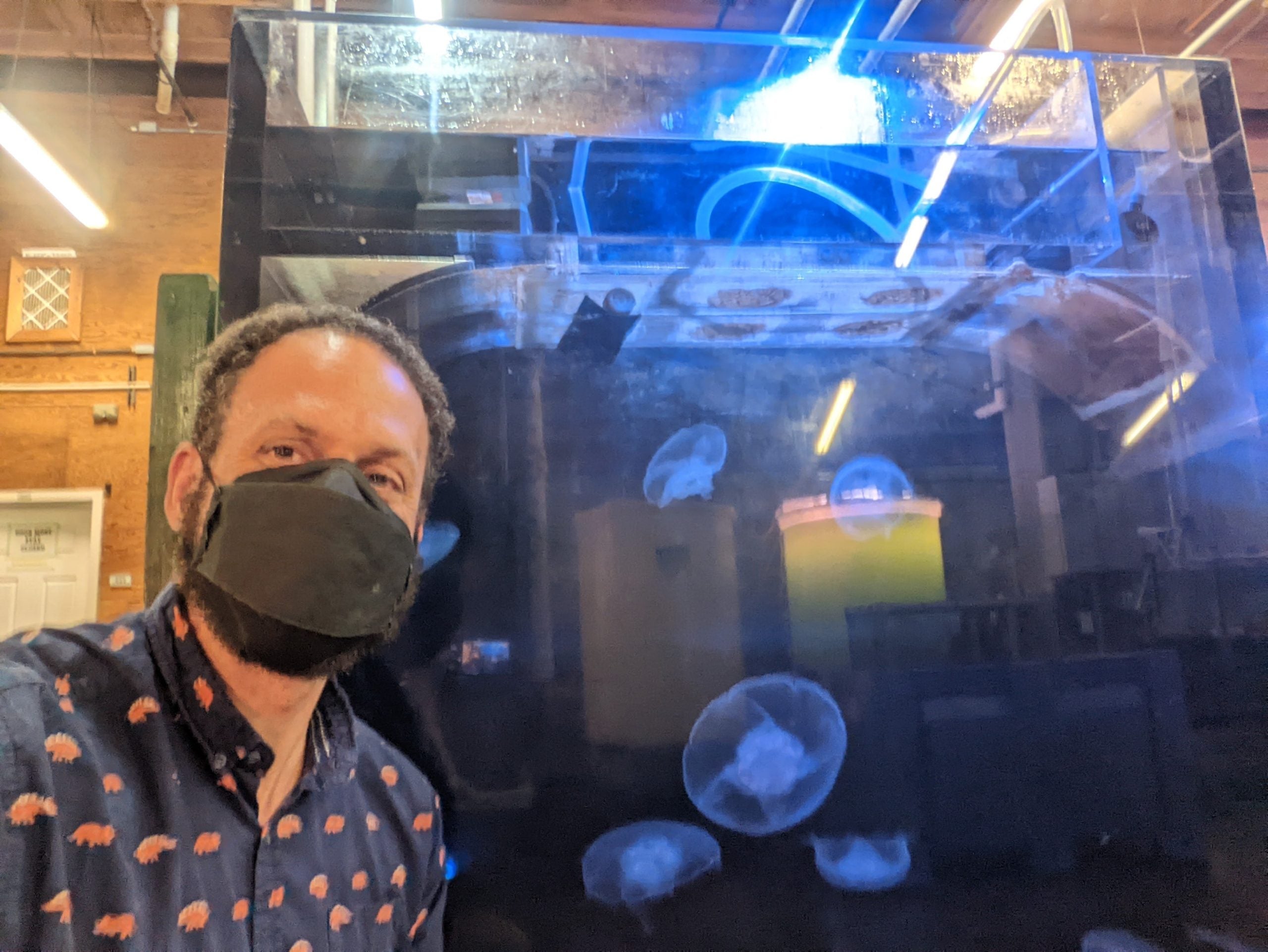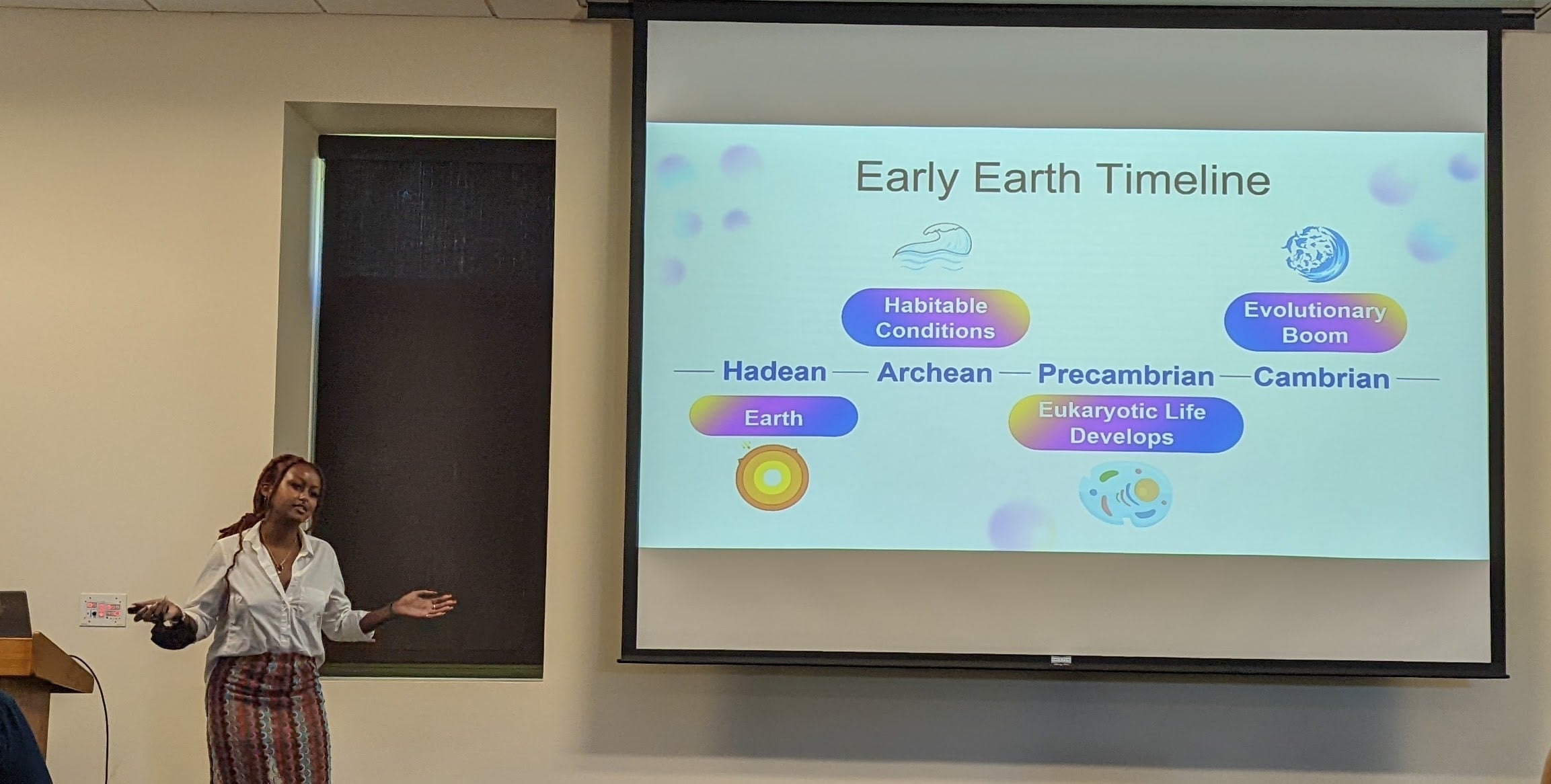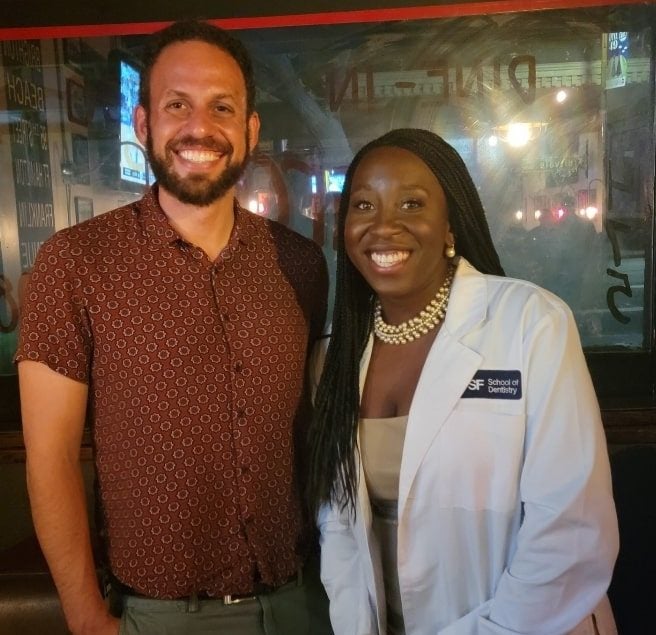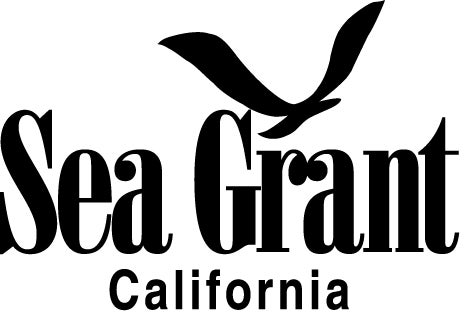Tessa and Hannah Present at GSA
Congratulations to Tessa and Hannah, who both gave excellent presentations at this year’s Geological Society of America (GSA) conference. There was lots of good questions and feedback from the audience. This was the first time that Dr. Gold got to watch his students present at a national conference, and he couldn’t be prouder of them!
Read more